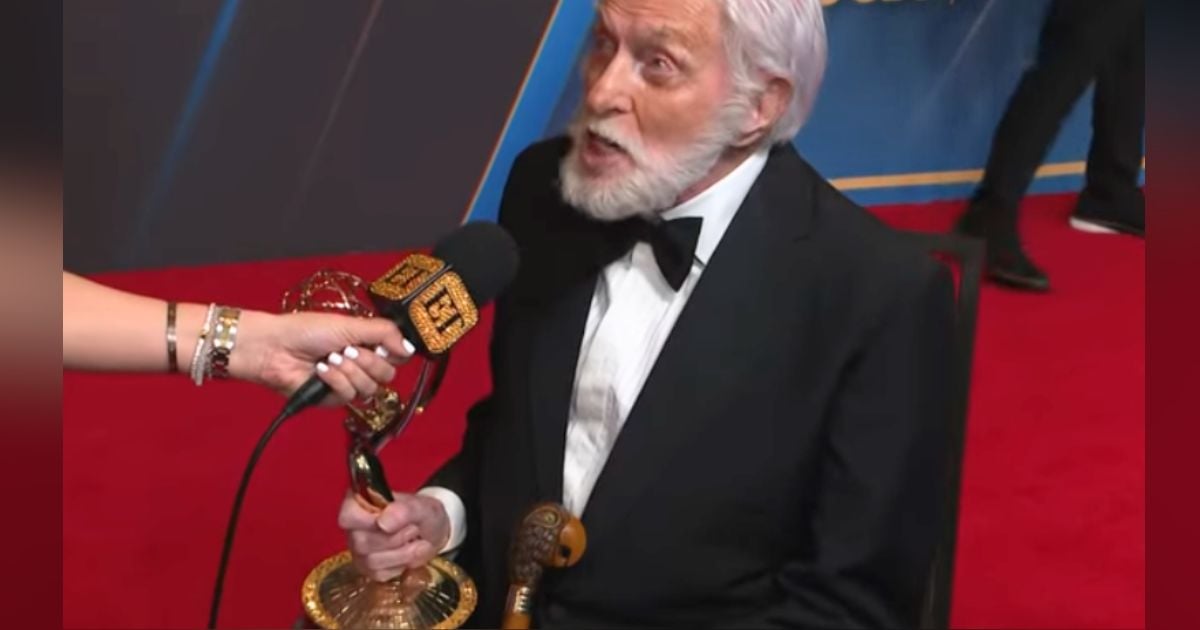In 1969, the music world witnessed something momentous with the release of “Someday We’ll Be Together” by The Supremes.
This track pierced the soul of audiences around the globe, and topped charts in the US and UK.
The song held a deep significance for The Supremes.


It marked Diana Ross’s departure from The Supremes, leading to her successful solo career.
The song was a bittersweet farewell to Diana marking the end of an era.
It was also the end of a physical era and an iconic one, at that.
1969 encapsulated mixed, yet deeply rooted, emotions for many, and “Someday We’ll Be Together” articulated them well.


“Someday We’ll Be Together” was crafted by notable figures in the music industry, co-written by Jackey Beavers, Johnny Bristol, and Harvey Fuqua.
Initially intended for Diana Ross as a solo piece, its release as a Supremes’ single added a layer of historical significance.
This decision made the song a memorable landmark in the group’s discography.


The recording process itself was unique.
Producer Johnny Bristol’s vocal guidance from an adjacent booth inadvertently ended up on the final track, adding a spontaneous richness to the song.
This unplanned element was the right call and added a lot to the track, almost mirroring the complex feelings surrounding the group’s transition.


Despite the internal tensions that characterized Ross’s departure, the song is often seen as a tribute to the enduring connections between the members.
It symbolizes the lasting bond and the spirit of their collaboration.


Their performance of the song on the Ed Sullivan Show further solidified its significance.
This platform was instrumental in showcasing talents from Elvis Presley to Motown legends, providing a critical stage for The Supremes.
Their appearance was a significant moment, celebrating their contributions to music and culture.


Over the years, “Someday We’ll Be Together” has continued to resonate with new generations, underscoring its timeless appeal.
The Supremes left their mark on the music industry and the cultural landscape.


The song marked a style-change period in Diana Ross’s career and the evolution of The Supremes and reflected a notable shift in the culture.
Their legacy is celebrated and studied even today.


The song continues to captivate, fostering a timeless connection among fans across different generations.
Let The Supremes enchant you with the last major pop hit of the ’60s below!
Please SHARE this with your friends and family.















